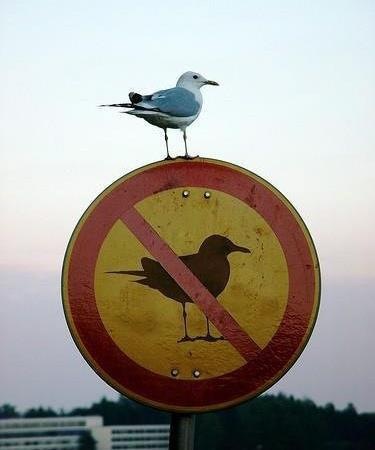I have a question for you today.
You have responsibilities. You work hard, you care about the results you get, and you are a leader in a professional sense. You also have the regular responsibilities of life. You have to eat, take care of yourself, do your laundry, and all that comes with being a grown-up person in today’s world.

And then something, anything, unexpectedly goes wrong.
It doesn’t have to be a life crisis. It can be your oven range making an annoying click-click-click that won’t stop when you use it. It can be your mobile phone suddenly not allowing you to make international calls. It can be the zipper on your new coat breaking.
Whatever “it” is, you know what this means for you. It means it’s going to take some effort from you to fix it.
You may have to look up an owner’s manual online to see if you can fix it yourself.
What if you can’t find it? Or what if you find it only to find a poorly organized, unsearchable document? Then you may have to find the right number to call. And as you connect, you mentally prepare yourself for the unknown.
Will this take 5 minutes or 5 hours? Will they accept responsibility or make me fight for service? How many times will I get transferred?
We’ve all been there as customers. And you might be aware of the Customer Effort Score (CES) as a way to measure this.
Learn more about CES on our podcast, Crack the Customer Code.
So why is it so hard to remember customer effort when we discuss and design customer experiences?
As marketers and customer experience pros and executives, we love the ideal.
We discuss the most effortless and seamless experience we can imagine. We picture our customers on their best days, in love with our brand and product. We get very excited about offering something our customers have expected from the beginning, but we’re just able to provide.
We say things in meetings like “well, then they would call customer service,” as if that’s the end of the statement. We forget to really put ourselves in our customer’s shoes and consider how much effort we are really asking them to take.
 Picture everything going haywire.
Picture everything going haywire.
Think about if your carefully-worded instructions were ignored. Think about if the first invoice was completely incorrect. Consider if your customer service options were unavailable.
And then think about your customer having his or her worst day.
Picture them in their element. Maybe they are trying to solve some issue on their lunch hour. Maybe they are telling their boss about why they think the invoice is wrong. Maybe they are exhausted from the effort of everyday life and this is something else they have to add to their to-do list.
Now consider how much effort you can remove from the customer journey.
Look for every way, big or small, to reduce the friction of dealing with your organization. Find ways to delight them in those moments when it’s unlikely. (There are a few examples of this in the TEDx talk I gave in 2012!)
Your customers and you exert a lot of effort being a grown-up person in today’s world. What if you make it your mission to make things a little bit easier?
What are you doing to reduce customer effort? What do you think you should do? Please let me know in the comments!
This message was originally sent to members of our newsletter in January 2016. Want to be among the first to receive exclusive content, special tips, and our latest insights? Sign up below – it’s free!
 Jeannie is an award-winning customer experience expert, international keynote speaker, and sought-after business coach who is trailblazing the movement from “Reactive Customer Service” to “Proactive Customer and Employee Experience.” More than 500,000 people have learned from her CX courses on LinkedIn Learning, and her insights have been featured in Forbes, The Chicago Tribune, The Wall Street Journal and NPR.
Get Jeannie’s insights in your inbox each week by subscribing to The Weekly Win and follow her on LinkedIn, Instagram and YouTube.
Jeannie is an award-winning customer experience expert, international keynote speaker, and sought-after business coach who is trailblazing the movement from “Reactive Customer Service” to “Proactive Customer and Employee Experience.” More than 500,000 people have learned from her CX courses on LinkedIn Learning, and her insights have been featured in Forbes, The Chicago Tribune, The Wall Street Journal and NPR.
Get Jeannie’s insights in your inbox each week by subscribing to The Weekly Win and follow her on LinkedIn, Instagram and YouTube.